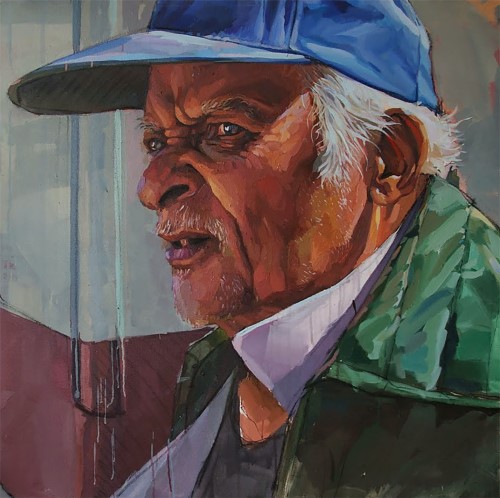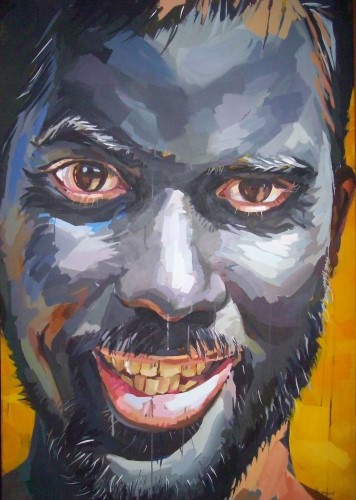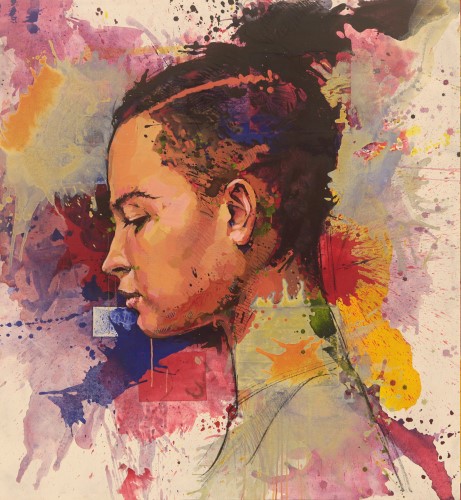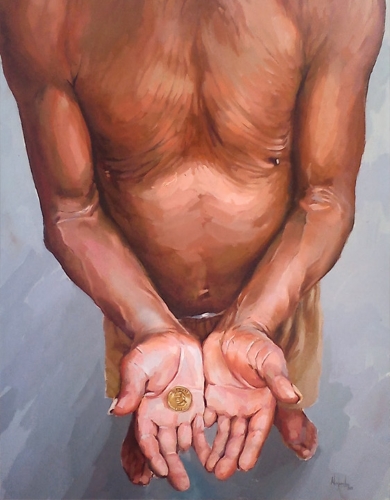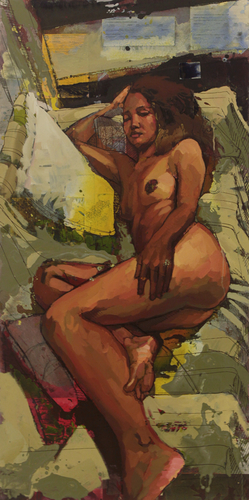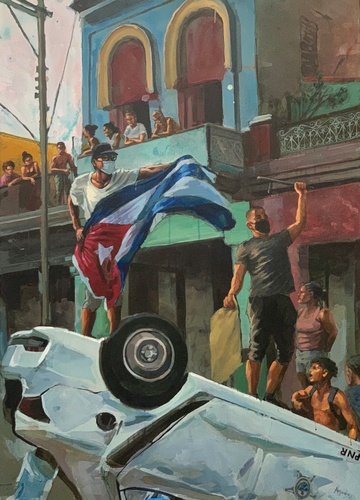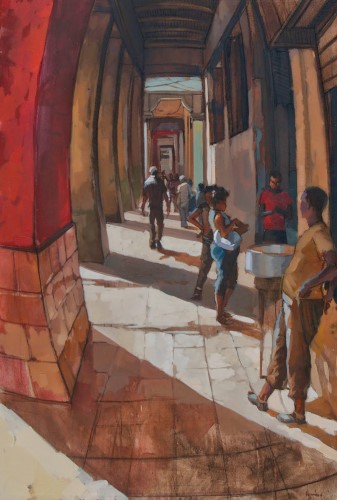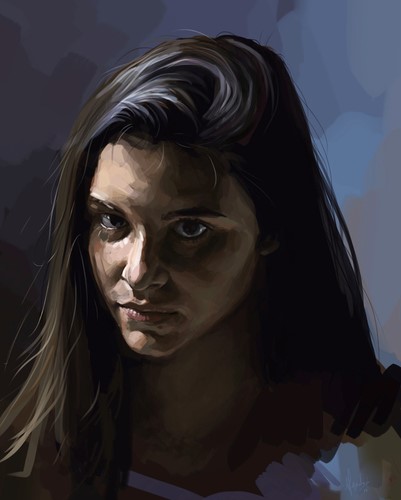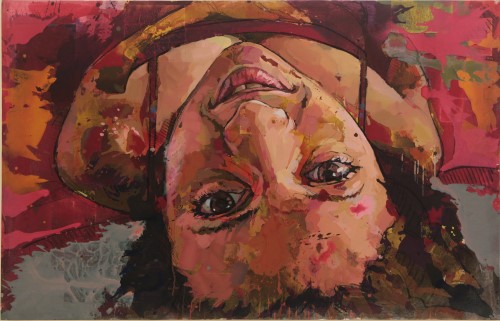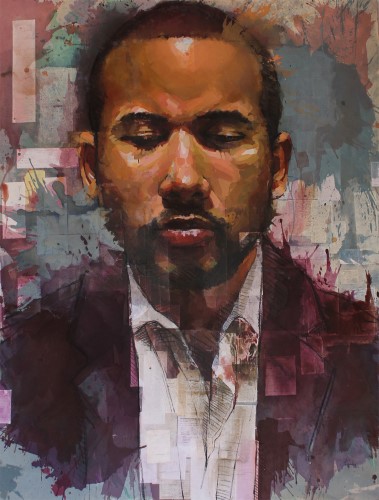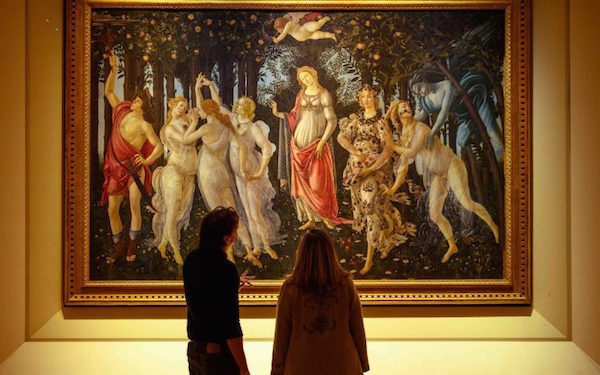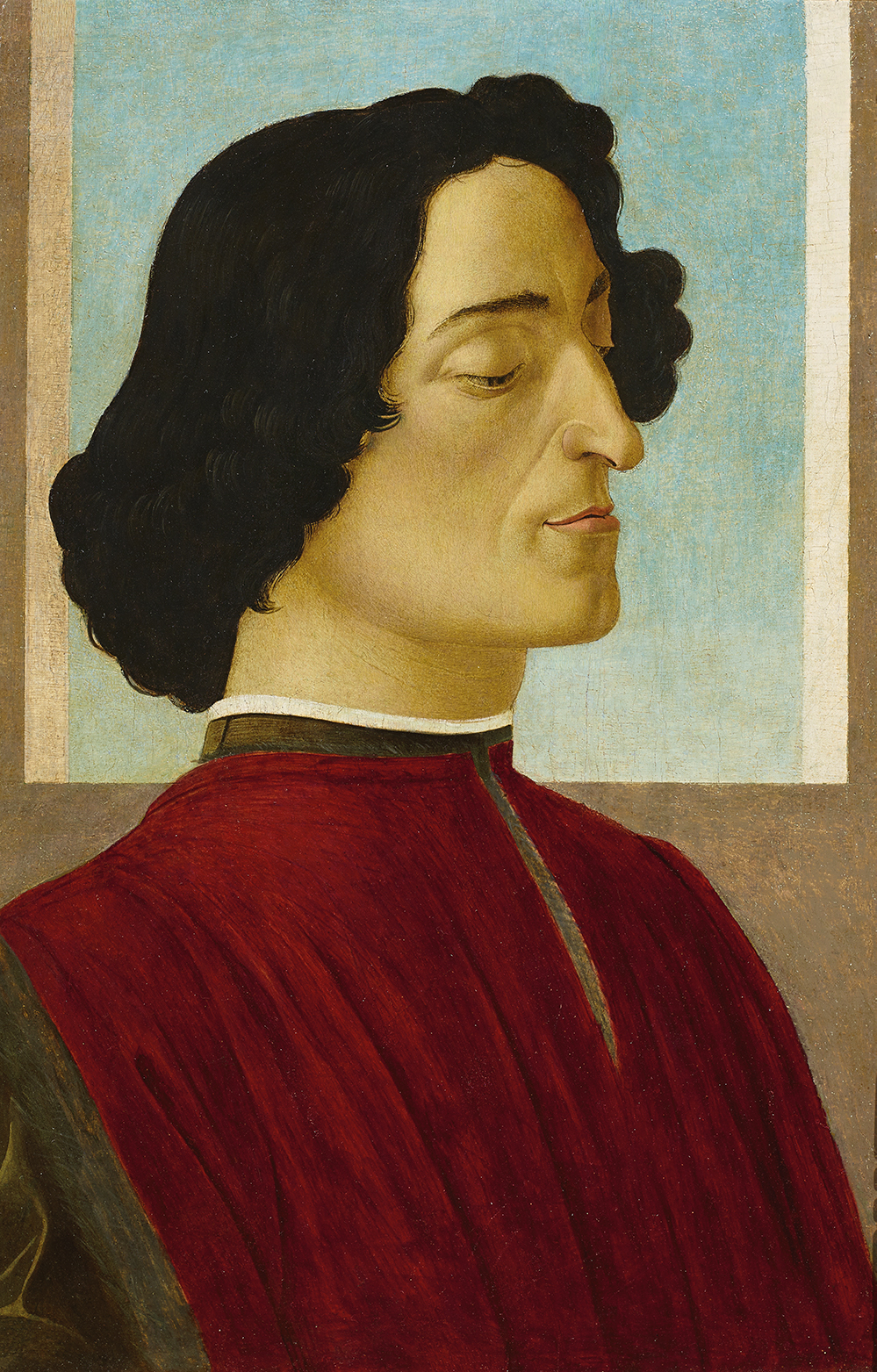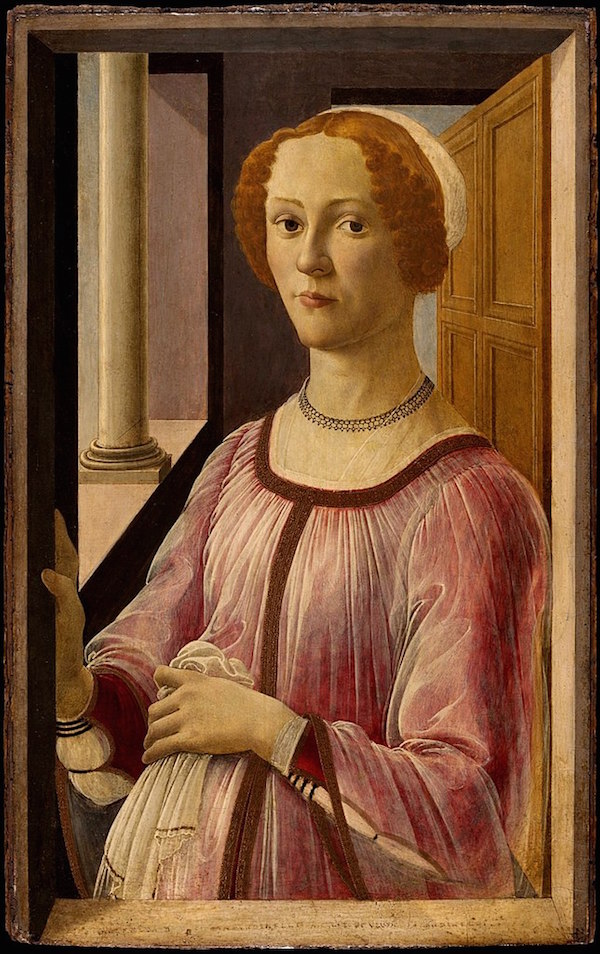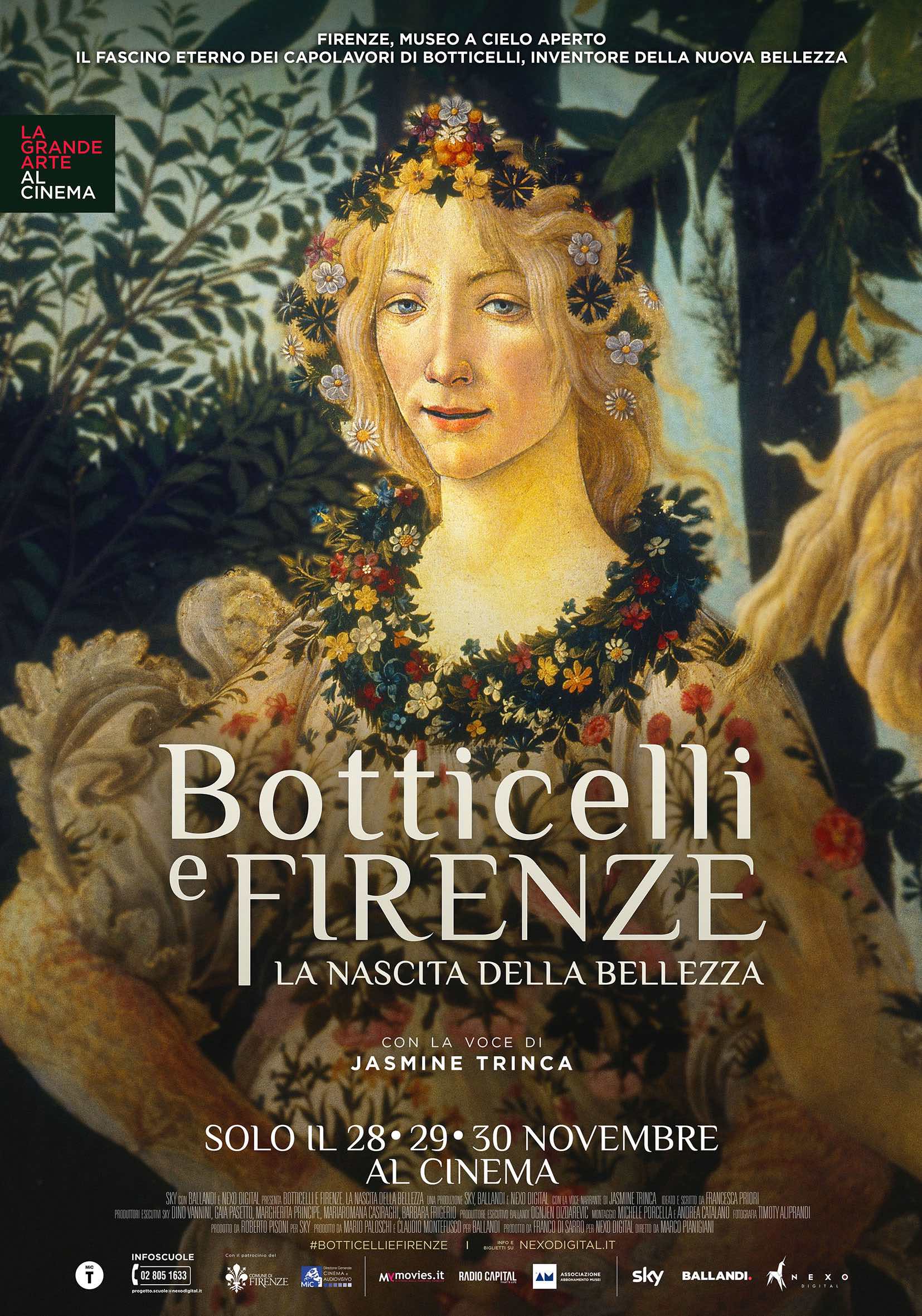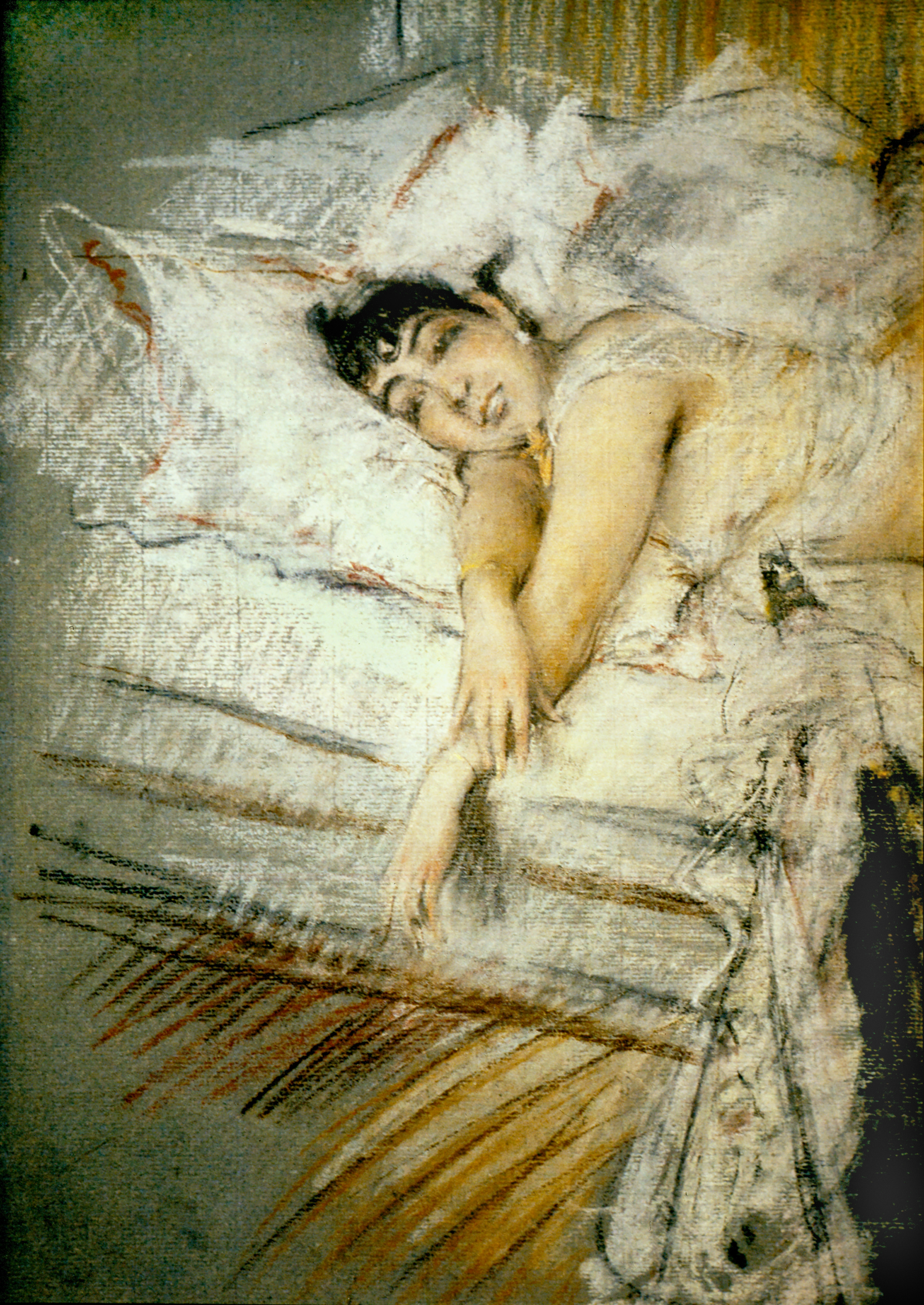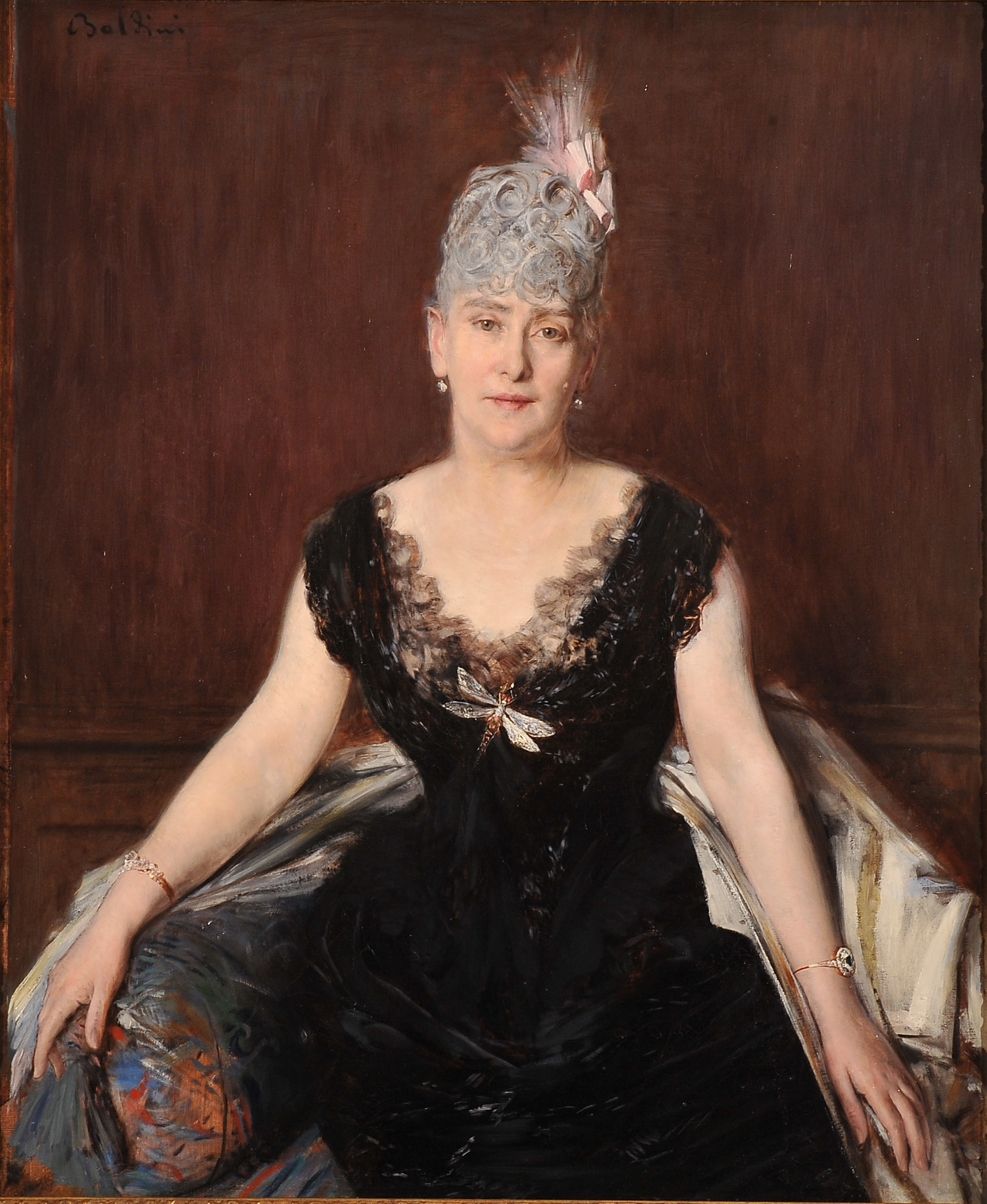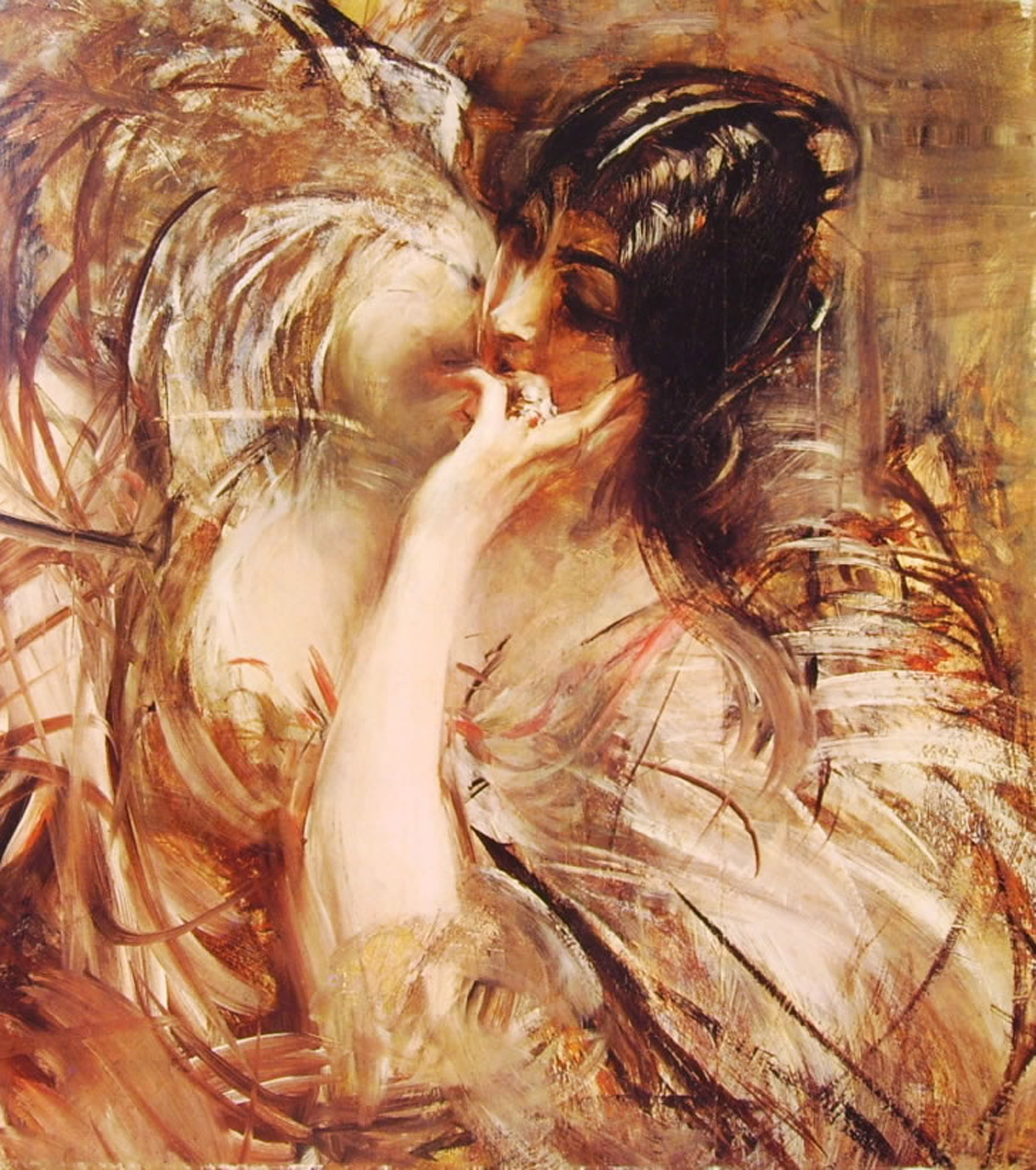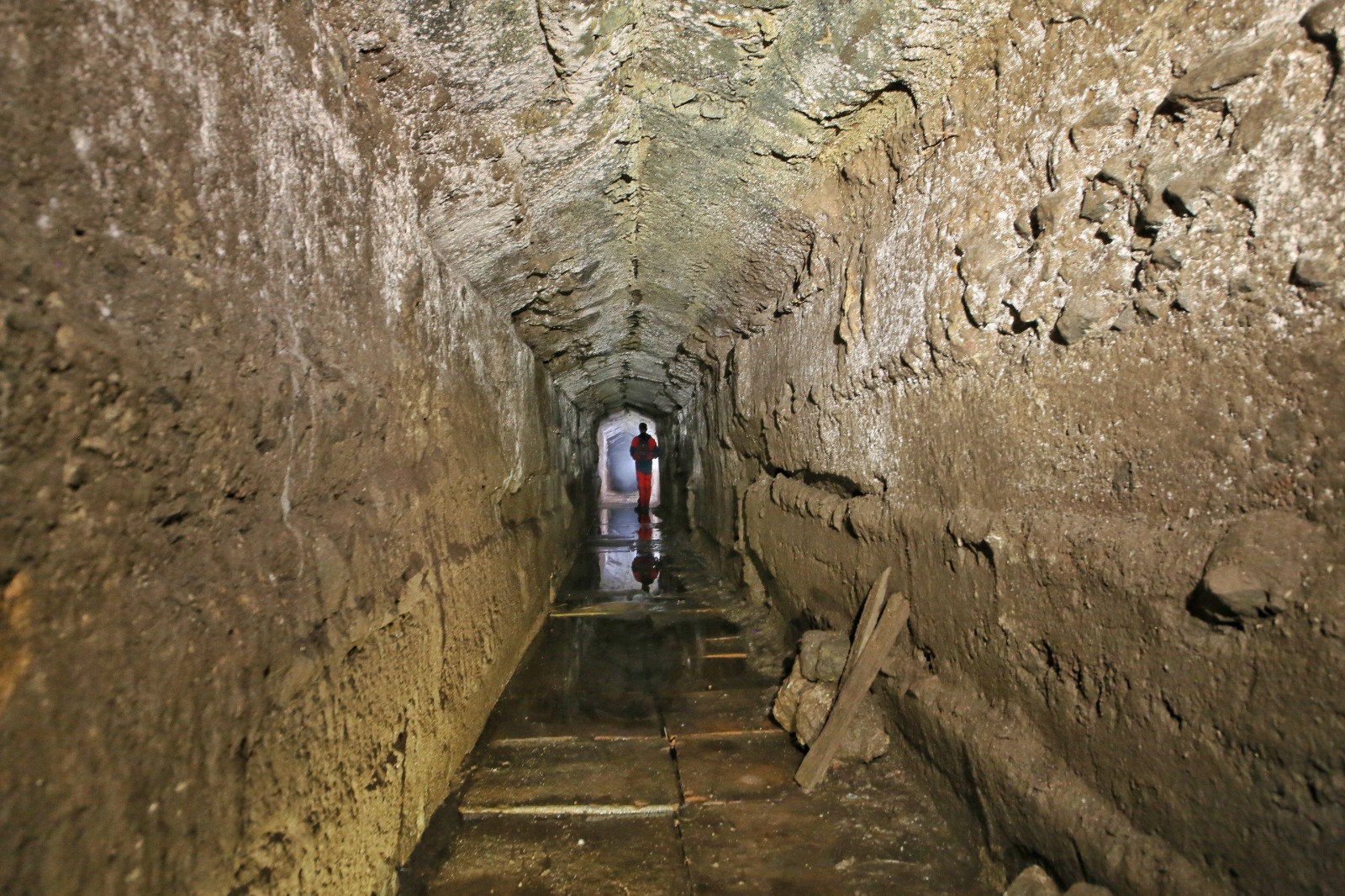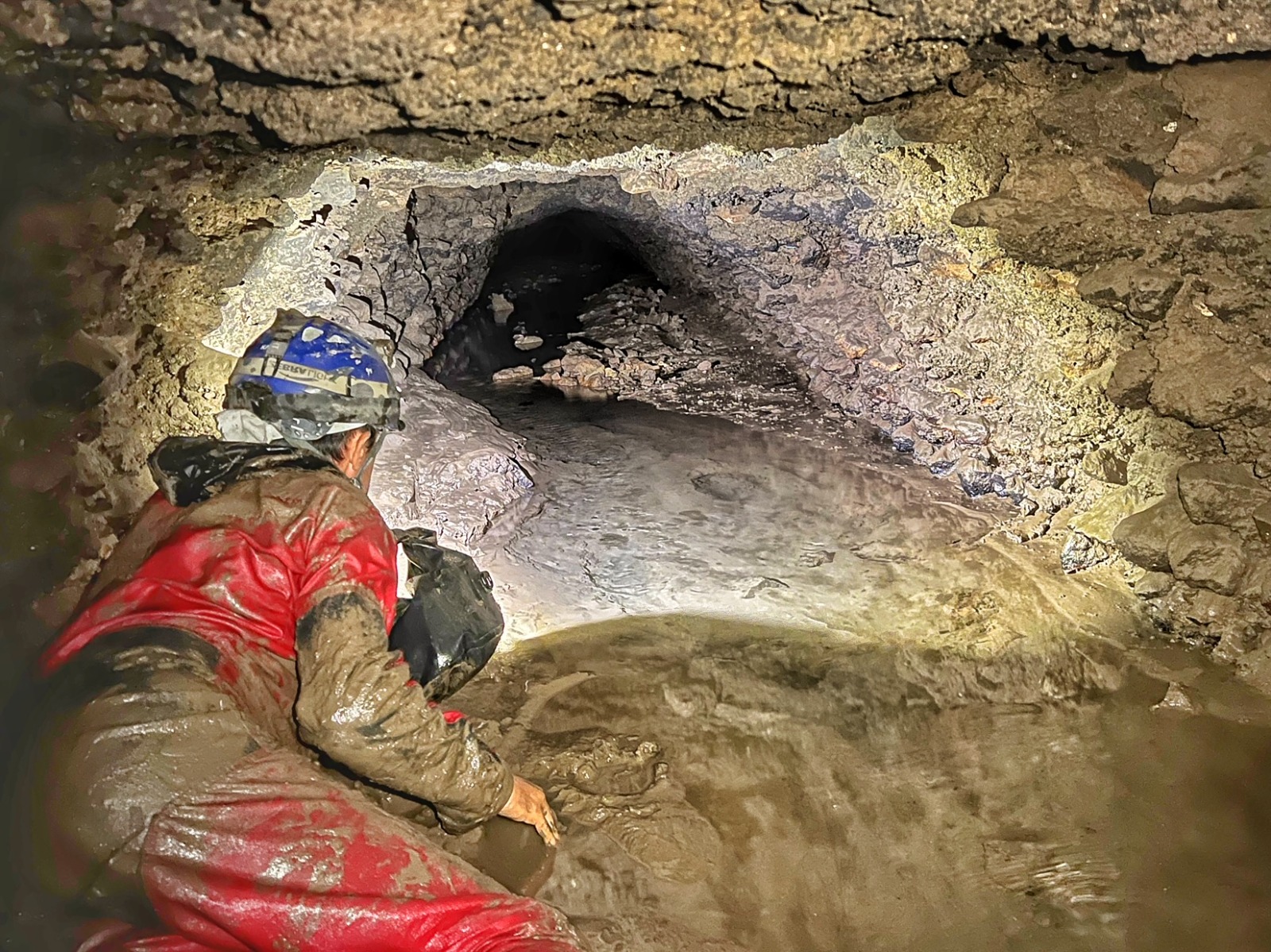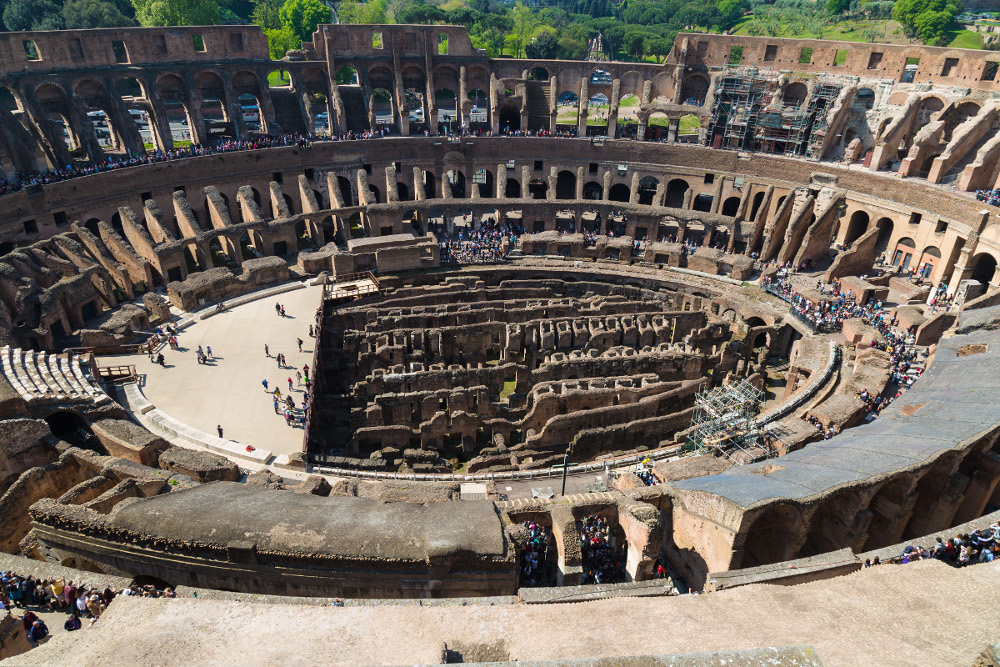Victoria Lomasko at the Santa Giulia Museum, while working on the site-specific work “Five Steps” I Courtesy Fondazione Brescia Musei
In artistic residency at the Santa Giulia Museum he created Five Steps, a vast site-specific installation in five stages, to share the experiences of the last year with the Italian public. But it doesn’t end there. In an exhibition itinerary that is itself an artist’s creation, Lomasko invites us to see with his own eyes the social and political history of Russia from 2011 to today, revealing in captivating and original reports “the hidden geography of the largest country in the world”, from anti-Putin demonstrations to the life of the least, of the forgotten, in the deepest provinces of the empire.
Inaugurated on 11 November in an atmosphere of participation and curiosity, Victoria Lomasko. The Last Soviet Artist will animate the cultural life of Brescia until 8 January 2023.
“Being ‘the last Soviet artist’ – says Victoria – means not fixing one’s gaze on a single point (the Russian war in Ukraine), but recognizing in what is happening an epochal change, a change of generation. Seeing the transformation of the huge space that until recently was described as ‘post-Soviet’, when ‘post-Soviet’ is no longer possible”.
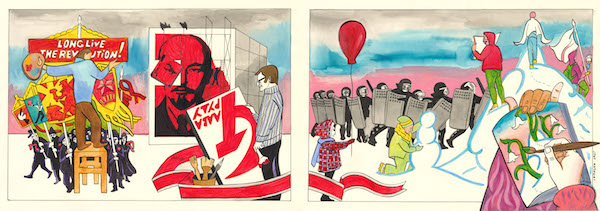
Victoria Lomasko, Showdrop Generation, 2021. Watercolour, acrylic and ink on paper, 41.5 x 118 cm and 41.5 x 59 cm. Private collection
“To describe these changes – continues the artist – it is necessary to understand the era that is waning, to know the Soviet reality not through films, books, other people’s stories, but from direct experience. The Soviet Union collapsed when I was a teenager, but the trauma of life in a closed, totalitarian country is still with me. Three weeks before the start of the war in Ukraine I finished writing a book for which I had started collecting material in 2014. The book has the same title as this exhibition. Only an author of my generation could write such a book: it’s like acting as an intermediary between the old people who were completely educated in the Soviet period and the young people who are unable to perceive or understand that surreal reality”.
How have your life and work changed since the outbreak of war?
“You could say that the war made me an artist in exile. Although in reality already at the end of 2020 I realized that sooner or later I would have had to escape from Russia. At the time, they had amended the law on ‘foreign agents’ so that anyone engaged in activities related to political issues and collaborating with Western organizations (which were the only things I did) could be listed. When this law was passed I immediately started reviewing my huge archive of drawings, with the idea that I should probably send it abroad. On March 5, 2022, I left Russia, and a few days later the French Embassy in Moscow helped me get my archive to Europe. The exhibition The Last Sovier Artist it would never have existed without this help.
Emigration is never easy. Western sanctions still weigh on emigrants with Russian passports. I have to fight for ever new visas. And to this day I have no chance to start building a new life in a European country.
I have no close relatives or Ukrainian friends. The fact that I am against the war in Ukraine and that I already spoke out against the annexation of Crimea in 2014 for most of my acquaintances Ukrainian artists does not matter at all, they stopped talking to me, some even said that with the he beginning of the war in Ukraine my art has lost all meaning. During these months I have meditated on the war, on this tragedy, and also on the role of the artist. The result of my reflections is that art stands above any political event, and that the most important task of the artist is to serve art in any situation”.
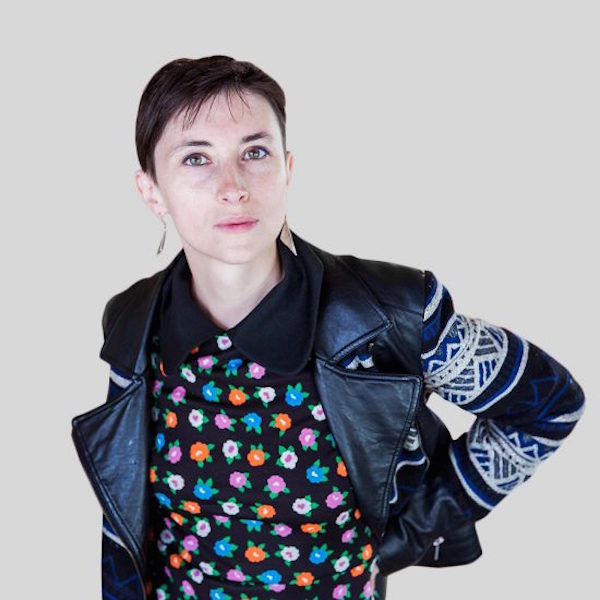
Victoria Lomasko I Courtesy of Fondazione Brescia Musei
What meaning does the recently inaugurated exhibition in Brescia have for you?
“An artist arrives at an exhibition like this in several years. It is evident that such a large museum exhibition is very significant for my career, but the fact that I managed to show ‘Lomasko’s World’, my little universe, is much more important.
Curator Elettra Stamboulis and the museum’s collaborators did everything necessary to translate into reality my idea of a perfect exhibition, reminiscent of a theater show. I really like lifting that heavy velvet curtain, going through the dark blue labyrinth and then into the dark forest space.
I have created a new monumental series specifically for the exhibition, Five Steps. These panels, Isolation, Escape, Exile, Shame, Humanity they are located in an oblong hall, somewhat reminiscent of a church. By walking the five passes, the visitors accompany me on the journey I have made. I spent a month and a half drawing in the atelier set up in one of the museum rooms, it was wonderful. I was really happy to donate i Five Steps to the collection of the Brescia Musei Foundation”.
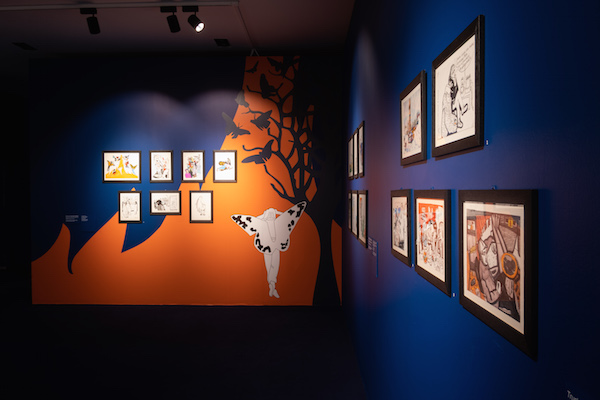
“Victoria Lomasko. The Last Soviet Artist” © Alberto Mancini I Courtesy of the Brescia Museums Foundation
The book Other Russias won the Pushkin House Book Prize, but it has never been published in your country…
“When I started making my first graphic reports in 2008, I didn’t imagine that a book would come of it, and that the book would be published in New York and London. At that time I had never been to Europe yet, much less the United States, and I never thought I would have a Western audience. I wanted to tell the stories of simple people surviving as best they can in Russia, invisible and unheard, to equally simple people. For example to those who live in my Serpukhov and other provincial places. Initially all the reports were published on the internet in Russian, free of charge, on rights activist and opposition sites. They used to be sites with a very limited audience, but now you can’t even think that sites like those exist anymore (they’re all blocked or banned). I also posted on my social media.
After the huge success of Other Russias (in Italy Other Russias, published by Becco Giallo, ed) in the West a Russian publisher has proposed to publish the book in Russian. First, however, we decided to consult a lawyer: the answer was that if the book had come out without any self-censorship there would have been a very high probability that both the publisher and I would have been given a few years in prison. As I am against any kind of self-censorship, we have decided to postpone publication. Now this publisher is also in exile and I have already asked him: now maybe we can publish it?”.
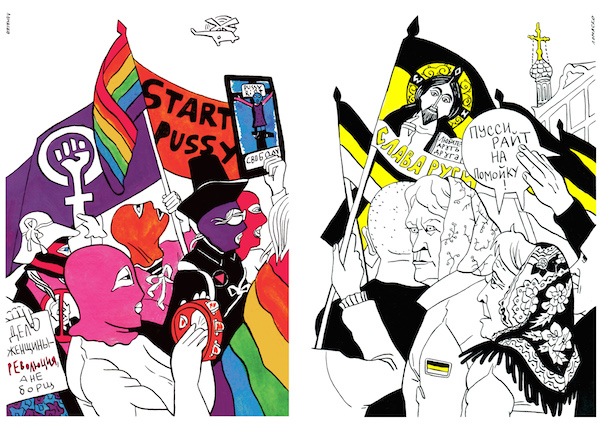
Victoria Lomasko, Diptych #1, 2012. Mixed media on paper, 210 x 300 cm. Cartoon Museum, Basel
Your works are graphic reportages, an explosive cocktail of images and words…
“My work is a synthesis of text and images. It is like the work of the composer who creates a musical work. Let’s suppose that the text is a violin and you draw a flute and my task is to establish when the melody of the violin emerges in the foreground and when that of the flute, how these very different sounds interact and how they intertwine to create something still different.
In the West they consider you the most important Russian graphic social artist. How did your artistic language take shape?
“I’ve never wanted to paint on canvas, but I’ve always been interested in the artist’s book genre. As a child I liked to write poems and short stories that I often illustrated. At 19 I enrolled at the Moscow State University of Printing Arts, Graphic Art and Book Design, where I dreamed of studying since I was a child since they taught the graphic art of books right there. After university I worked as a commercial illustrator while trying to deal with what we call ‘contemporary art’. I felt unfulfilled and unhappy. Instead, I only felt happy when I tried to add phrases I had heard them say to the portraits of the characters. ‘I have to move in this direction!’, I said to myself. I was already thirty then. The more I write, the happier I am.”
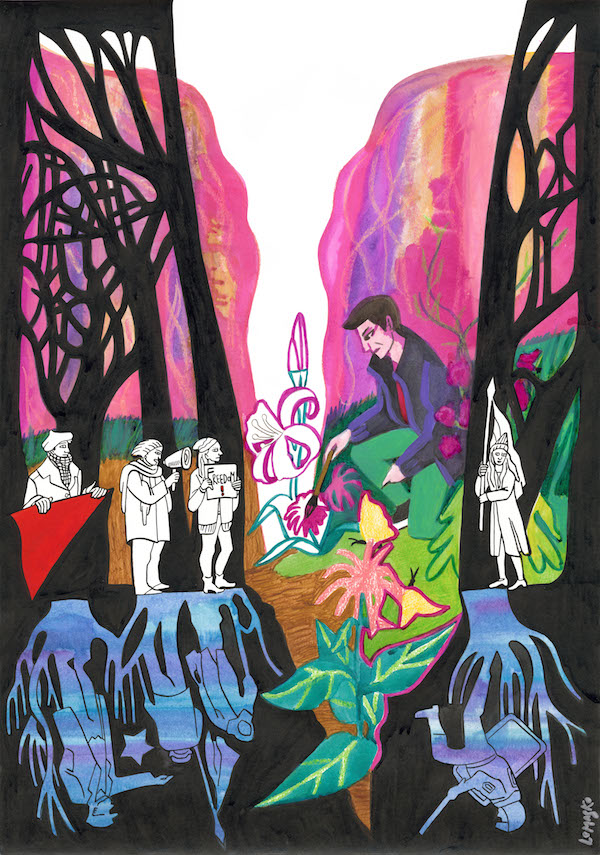
Victoria Lomasko, Behind the Forest, 2021. Watercolour, black and colored ink, pencils and colored pastels on paper, 587 x 415 mm I Courtesy Edel Assanti, London
In your works you often use metaphors related to nature, animals and plants. How come?
“Initially, for several years, I studied Russian society; it was work at the intersection of journalism and sociology. Then, when I gathered enough material for a complete picture to form in my head, the reportage sketches began to transform into complex symbolic compositions. Russia appeared to me as a dark forest full of strange and sometimes dangerous beings. The roots of the trees are our grandparents, our parents, the forever traumatized Soviet generation. The branches, the young generation, cannot get rid of the influence of the roots in any way. In this forest is the tree of violence, the trunk of which is made up of the abuser and his victim. Other times, however, I have thought of living in the depths of the sea: on the surface there is only the western world, and from there to us, who are on the seabed, objects fall, dirty plates and empty goblets after the banquet.
When I look at the people in Russia, I picture them as weeds struggling to grow in the ruins of the Soviet empire. No one takes care of them, on the contrary, they are often uprooted. But these weeds have wild life force. When I look at the Europeans, they look to me like show flowers, grown under artificial conditions, in a greenhouse. But I would like us all to be flowers exposed to the sun, in a meadow, where there was care and freedom at the same time”.
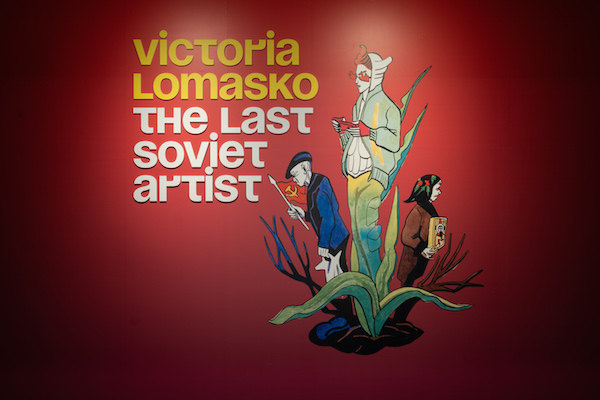
“Victoria Lomasko. The Last Soviet Artist” © Alberto Mancini I Courtesy of the Brescia Museums Foundation
Read also:
• In Brescia the Russia of the forgotten in the works of the Soviet artist and dissident Victoria Lomasko

























































